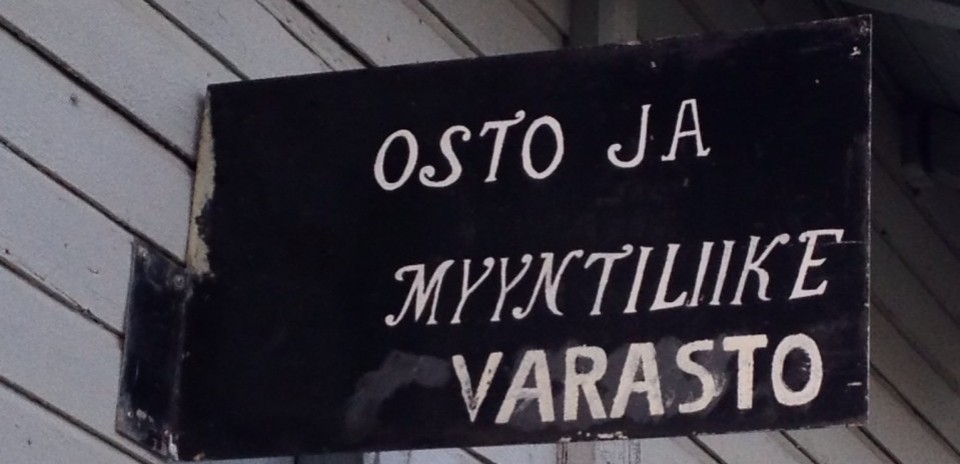Avainsanat
activity theory, collaborative learning, computer supported collaborative learning, CSCL, runaway objects

Zone of Proximal Growth. Picture by Joel Robinson, http://www.mymodernmet.com/profiles/blogs/joel-robinson-put-your-hands-up
http://www.flickr.com/photos/joel_r
In this post I’ll try to give an alternate or supplementary view to Computer Supported Collaborative Learning (CSCL) using cultural historical activity theory as a frame of reference. This is worthwhile because vygotskian perspectives pop up frequently in articles dealing with CSCL but they are not elaborated and the writers usually just settle for pointing to e.g. zone of proximal development etc.
Activity theory is a theory of object oriented activity, and objects are also the source of motivation and emotions (Engeström 2008). One can say, in activity theoretical point of view, that without an object there cannot be motivation. In any activity, thus also in learning this means that there has to be an object toward which we can direct our learning actions. In collaborative learning activities this means that we have to agree on what we are willing to learn and what are the results we are striving for. I argue that defining the object and results of learning is the first step in being a self-regulated learner: in order to regulate your learning you need to know what you need to regulate.
Collaborative learning brings us a challenge in defining the object of learning. This is a major challenge because, as pointed out by Järvelä, Hurme & Järvenoja 2011, learning in postindustrial society is rapidly changing to more complex forms than we – let alone the traditional school systems – have seen before. Learning is becoming collaborative and international activity, where many different kinds of learners come together in order to learn something. That something can be referred as a “runaway object” (see e.g. Engeström, ibid.) in a positive sense. It is a complicated entity where individual needs, emotions and motivation intertwine with the activity with it’s object, tools, rules and division of labour. In a complicated activity like collaborative learning we inevitably need skills that help us to regulate our learning but we also need means to regulate the activities of others who are working with us. In the activity theoretical frame of reference it’s only possible to co-regulate the activity if there is an agreement upon all the whats and whens and whys that are related to the common object.
As Järvelä, Hurme and Järvenoja point out the questions above bound to create conflicts which are challenging to motivation maintenance. If we put activity as a starting point for interpretation of these challenges we can overcome the distinction between their individual (psychological) and environmental (social) interpretations. In activity, as Eskola (1999) has stated, “the actor takes into account, according to this and that logic that if x, then y.” From the motivational point of view in collaborative learning situations this could be formulated in the following way: In collaborative learning activity the learner regulates his/her motivation and controls emotions if he/she has been able to construct personal sense to the object of learning and the collaborative group of learners has constructed shared meaning to the common object. Activity is an idea that can link together – as well as psychological and social phenomena – freedom to choose and force to perform. In collaborative learning activity we commit ourselves to learn together but in the same time we struggle with a multidimensional set of other interests that are linked to other activities. Thus, we need to constantly balance ourselves with these activities, which can even be strongly contradictory with each other. In that sense, collaborative learning indeed is a runaway object, and we need effective tools to manage that object. As we heard in the opening talk by professor Sanna Järvelä, information and communication technology could be just the thing for that – at least if we find suitable ways to use it for the task.
References:
Engeström, Y. (2009). The Future of Activity Theory. In Sannino, A., Daniels, H. & Gutiérrez K.D. (Eds.) Learning and Expanding with Activity Theory. Cambridge University Press.
Eskola, A. (1999). Laws, Logic and Human Activity. In Engeström, Y., Miettinen, R., & Punamäki, R. (Eds.). Perspectives on activity theory. Cambridge: Cambridge University Press.
Järvelä, S., Hurme, T.-R., & Järvenoja, H. (2011). Self-regulation and motivation in CSCL environments. In S. Ludvigsen, A. Lund & R. Säljö (Eds.), Learning in social practices: ICT and new artifacts-transformation of social and cultural practices. Pergamon.

